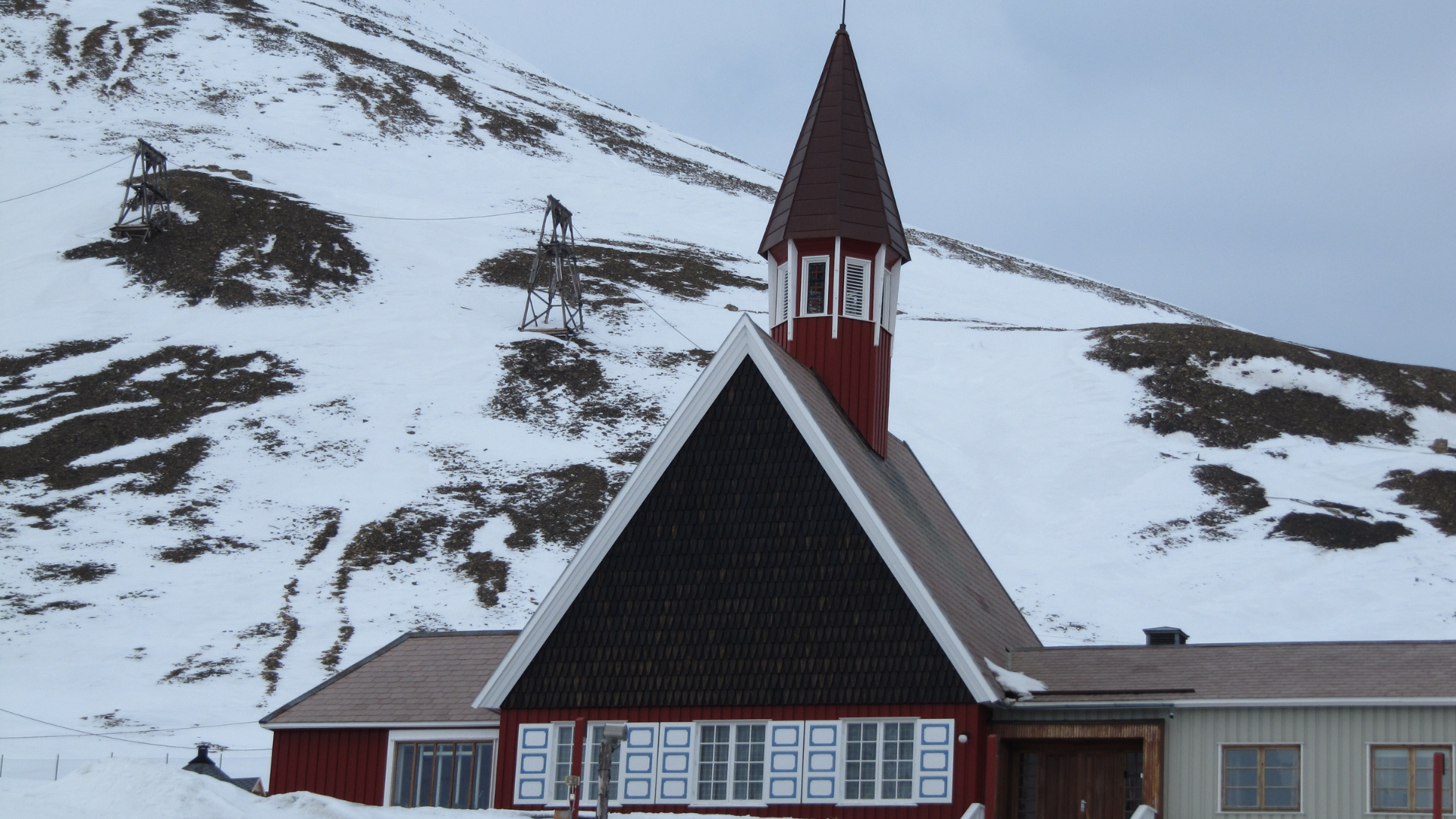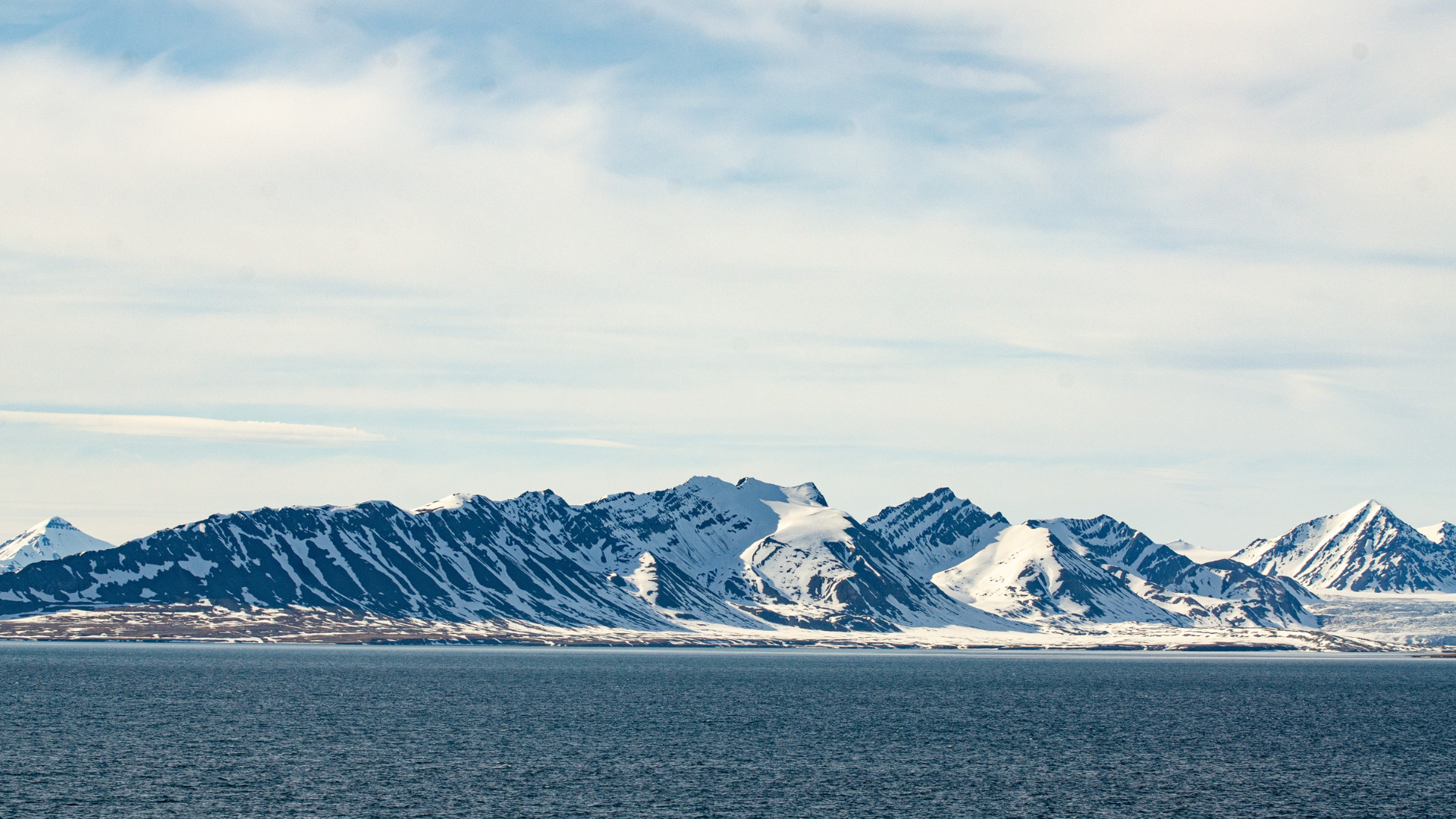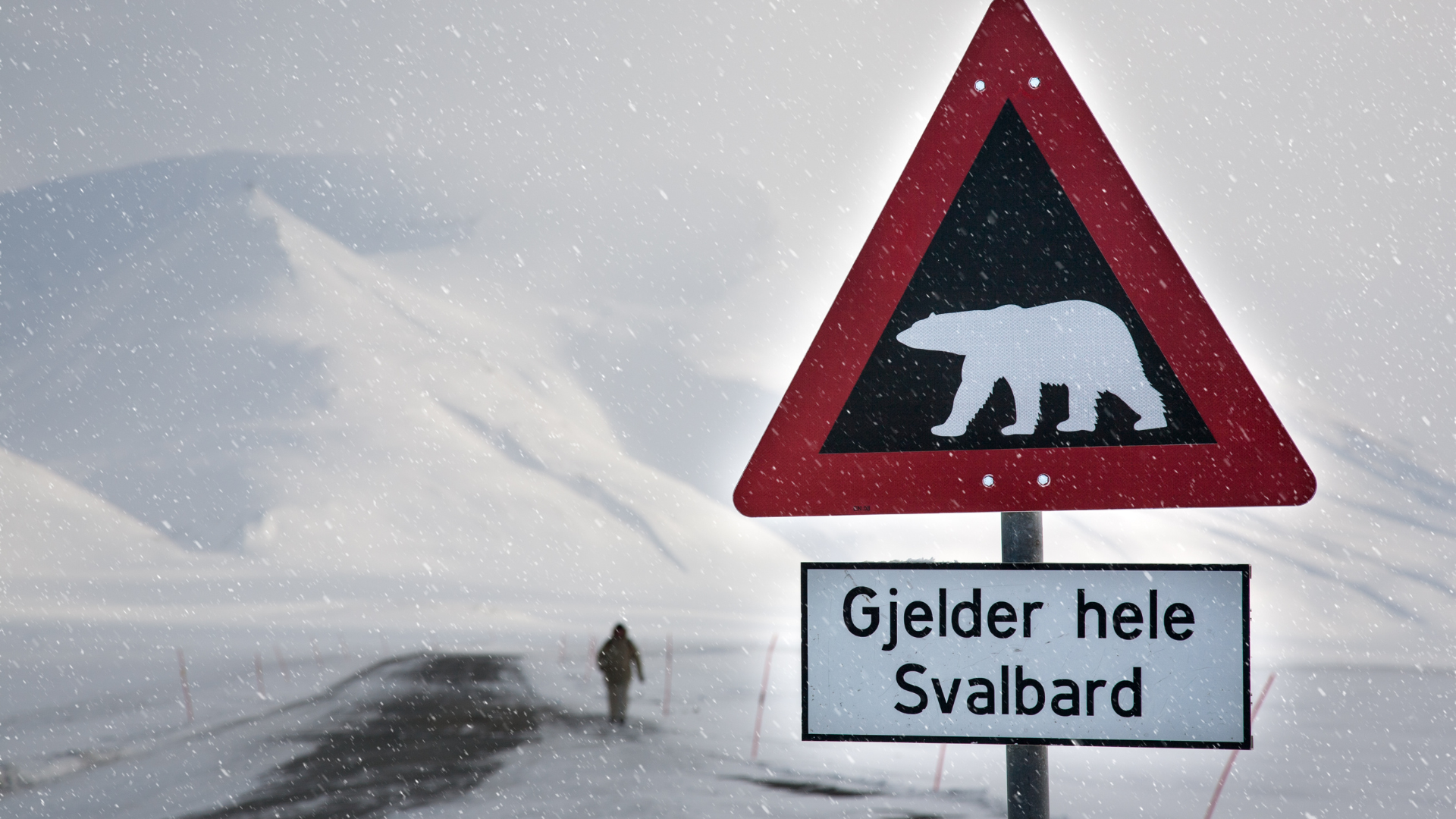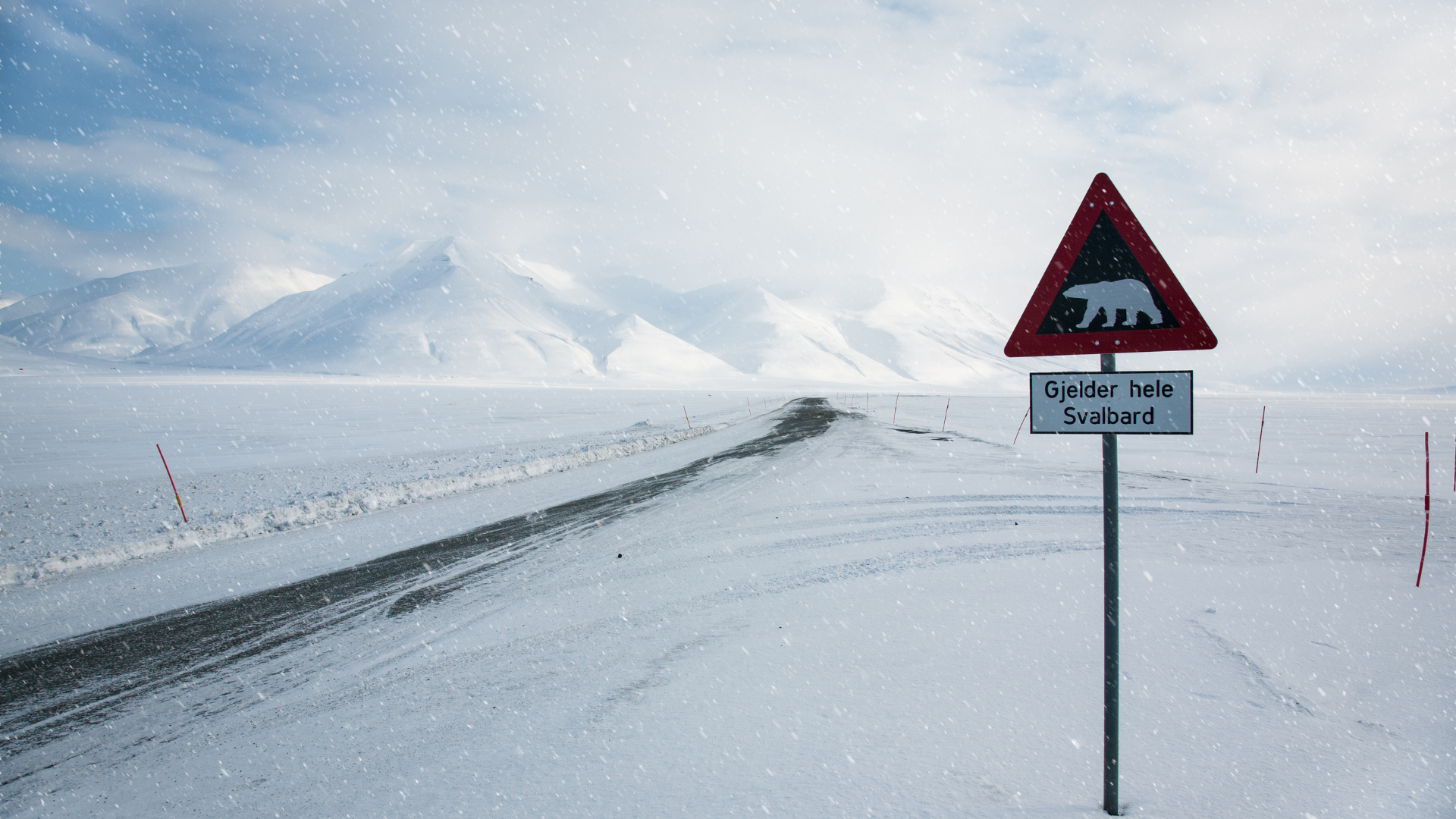Embracing the Polar Night: Exploring the Mysteries of Svalbard's Dark Season
As winter descends upon the Arctic archipelago of Svalbard, the landscape transforms into a realm of darkness and stillness. During the polar night, the sun disappears below the horizon, plunging the islands into an extended period of twilight and darkness. Yet, far from being a time of desolation, the polar night offers a unique opportunity to experience the Arctic in its most mystical and serene state. Join us on a journey into the heart of Svalbard's polar night as we uncover the wonders and mysteries of this captivating season.
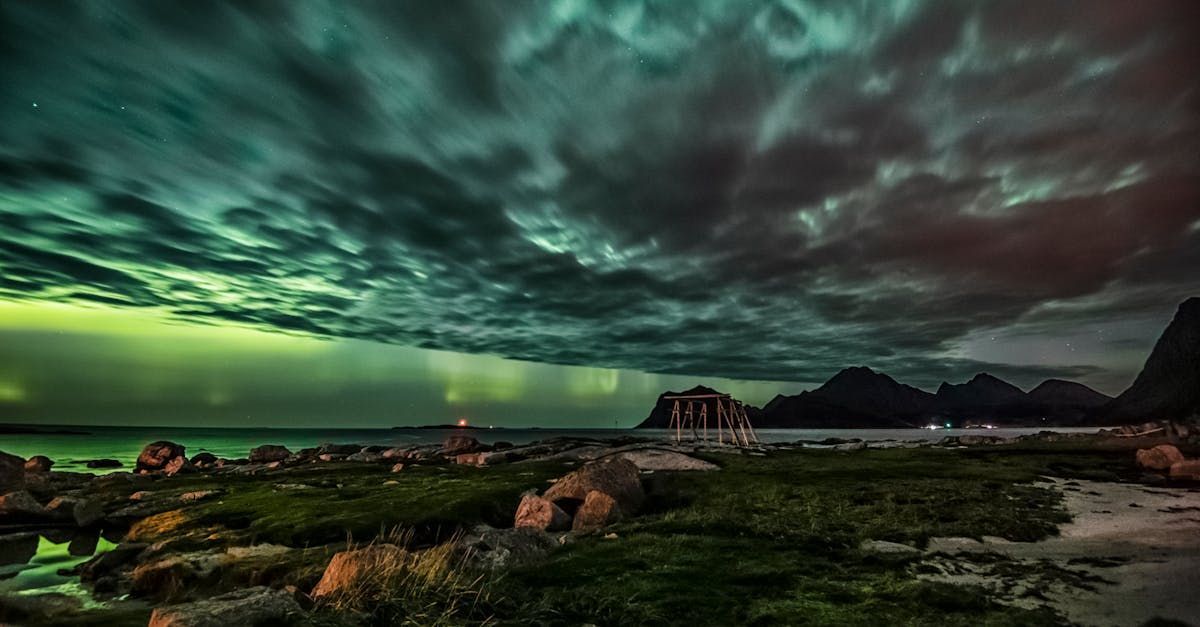
1. The Phenomenon of Polar Night:
The polar night occurs in Svalbard from late October to mid-February, when the sun remains below the horizon for an extended period, casting the islands into darkness. During this time, the sky takes on a surreal palette of twilight hues, ranging from deep blues to vibrant purples and pinks. While the absence of sunlight may seem daunting, the polar night brings its own unique beauty and tranquility to the Arctic landscape.
2. Life in Darkness:
Contrary to popular belief, life in Svalbard does not come to a standstill during the polar night. While the cold and darkness present challenges, residents and wildlife alike have adapted to thrive in these extreme conditions. Arctic animals such as polar bears, Arctic foxes, and reindeer adjust their behavior to the changing light patterns, while seabirds and marine mammals continue their seasonal migrations and feeding routines.
3. Cultural Traditions and Celebrations:
The polar night holds special significance for the residents of Svalbard, who embrace the darkness with a sense of camaraderie and community. Traditional festivals and cultural events, such as the Polarjazz festival and the Dark Season Blues festival, bring residents together to celebrate the unique character of the polar night. Locals also engage in outdoor activities such as dog sledding, snowmobiling, and cross-country skiing, taking advantage of the pristine snow-covered landscapes.
4. Astronomy and Northern Lights:
The extended darkness of the polar night provides ideal conditions for stargazing and observing the aurora borealis, or northern lights. With little light pollution to obscure the view, the night sky in Svalbard comes alive with shimmering stars, swirling nebulae, and dancing curtains of colored light. Visitors to Svalbard can embark on guided tours to witness the awe-inspiring spectacle of the northern lights, immersing themselves in the beauty and magic of the Arctic night sky.
5. Reflection and Solitude:
For many, the polar night offers a time of reflection and solitude, a chance to escape the hustle and bustle of modern life and reconnect with nature. Whether hiking through snow-covered valleys, exploring ice caves, or simply enjoying the stillness of the Arctic wilderness, the polar night invites contemplation and introspection. It is a time to slow down, to savor the silence, and to appreciate the beauty of the natural world in its purest form.
6. Survival Strategies:
Surviving the polar night in Svalbard requires resilience and resourcefulness. Residents and wildlife alike employ various strategies to adapt to the darkness and cold. Insulated clothing and adequate shelter are essential for staying warm during outdoor activities, while artificial lighting and heating systems provide comfort indoors. For wildlife, the polar night brings changes in behavior, such as reduced activity levels and increased reliance on stored fat reserves for energy. Species like the Arctic fox may undergo seasonal adaptations, changing the color of their fur to blend with the snow-covered landscape.
7. Scientific Research:
The polar night also presents unique opportunities for scientific research in Svalbard. Researchers from around the world flock to the archipelago to study phenomena such as auroras, atmospheric conditions, and animal behavior during this dark season. Observatories and research stations equipped with specialized instruments monitor the night sky, collecting data on celestial phenomena and atmospheric dynamics. Biologists study the effects of darkness on Arctic wildlife, investigating changes in behavior, physiology, and reproductive patterns. Climate scientists monitor changes in sea ice extent and snow cover, seeking to understand the impacts of climate change on the Arctic ecosystem.
8. Challenges and Limitations:
Despite its beauty and allure, the polar night also presents challenges and limitations for residents and visitors in Svalbard. The darkness can be disorienting and isolating, leading to feelings of cabin fever and seasonal affective disorder (SAD) in some individuals. Outdoor activities may be limited by the lack of daylight, and travel may become more difficult due to icy conditions and reduced visibility. Furthermore, the extreme cold and darkness pose risks to safety and well-being, requiring careful preparation and precautionary measures.
9. Environmental Changes and Impacts:
In recent years, climate change has begun to alter the dynamics of the polar night in Svalbard. Rising temperatures and changes in weather patterns have led to shifts in sea ice extent, snow cover, and wildlife behavior. The timing and duration of the polar night may also be affected, with potential implications for ecosystems and wildlife populations. Melting ice and thawing permafrost can destabilize habitats and exacerbate erosion along coastlines, threatening the survival of vulnerable species and human settlements.
Conclusion: As the polar night envelops Svalbard in darkness, it offers a glimpse into the Arctic's unique rhythms and adaptations. From the quiet solitude of a snow-covered landscape to the vibrant displays of the northern lights, the polar night invites exploration and discovery in its own mysterious way. As we navigate the challenges and limitations of this dark season, let us also cherish the beauty and wonder it brings, embracing the magic of the Arctic wilderness under the cloak of night.




